“eLearning has a problem, and it’s not AI.” — from linkedin.com by Dr. Heidi Kirby
.
Side Hustles for Educators — from drlukehobson.com by Luke Hobson
Anyway, let’s say you work in education, and you want to start a side hustle. What are your options? I’ve seen folks take a few different approaches with this so, let’s go over a few options:
- Adjunct Positions…
- Presentations and Workshops…
- Consulting and Client Work…
- Digital Courses and Coaching…
How do you create and maintain an e-learning portfolio without pitfalls? — from linkedin.com by various authors
If you are an e-learning professional, you know how important it is to showcase your skills and projects to potential clients, employers, or collaborators. An e-learning portfolio is a collection of your best work that demonstrates your abilities, creativity, and experience in designing, developing, and delivering online learning solutions. But how do you create and maintain an e-learning portfolio without pitfalls? In this article, you will learn some tips and best practices to help you avoid common mistakes and make your portfolio stand out.
Speaking of career-related postings, I thought this was an interesting article:
In Praise of the Meandering Career — from every.to by Simone Stolzoff
Build a compass, not a map
 Midjourney prompt/”meandering career”
Midjourney prompt/”meandering career”
There’s a common misconception that our résumés ought to tell a linear story, free from breaks, twists, and turns. But this assumption is not borne out in reality. Nearly three out of every four college graduates work in a field unrelated to their major. The average worker holds over a dozen jobs by their fifties. And over half of today’s college students will work jobs that don’t yet exist.
Taking a nontraditional path will force you to grapple with what matters
The greatest benefit of a nontraditional path is that you have to figure out what you care about. Rather than an employer telling you what you should value, you have to do the hard work of determining what you value for yourself.
How Professionals Are Using AI in eLearning — from teamedforlearning.com
The boom in artificial intelligence is touching nearly every industry, and eLearning is no exception. From content creation to instructional design, industry professionals and organizations are finding innovative ways to apply AI in elearning. Whether creating training modules for corporate employees or crafting educational programs, professionals are making AI part of their standard toolkit.
At Teamed, we have the privilege of working and speaking with people from all over the elearning industry including instructional designers, content developers, and organizations considering how to apply it for productivity and the benefit of learners. AI and machine learning come up frequently in these conversations. Here’s what we’ve learned and observed about AI in elearning from experts in our industry.
On a somewhat related note, also see:
The hottest new job is “head of AI” and nobody knows what they do — from www-vox-com.cdn.ampproject.org by Rani Molla
America’s biggest companies are hiring AI leadership as fast as they can.
Animation Tips for eLearning — from learningguild.com by Bill Brandon
Excerpt:
Why use animation in eLearning? Many people may think of animation in terms of entertainment value alone. Animation is far more valuable for its ability to engage learners, explain or illustrate ideas, and improve recall of complex relationships, such as cause and effect.
Look up these specific animation types for use in your projects:
- Whiteboard animation: Not necessary to be able to draw the characters. Multiple brands.
- Stop-motion animation
- Animation programs for beginners
- Free animation software
Also relevant/see:
Be an eLearning Storyteller With Style and Confidence — from learningguild.com by Bill Brandon
Excerpt:
Humans are good storytellers, and humans respond well to stories. We know this from our own experience. Not only that, people remember stories for a long time, far longer than we remember a lot of teaching. Do you recall stories that someone in your family told you? Why don’t we remember lessons from school as long or as vividly? Stories are powerful if we know how to use them. In this article I will introduce you to a way to use stories to achieve outcomes.
Any time you are designing a course, a learning experience, or just pitching an idea to your boss or an L&D stakeholder, it’s a story. Even if it does not seem like one, a successful production—whether it is an animated presentation, a virtual supporting example or other content—is based on some fundamental storytelling tactics. It doesn’t have to begin “Once Upon A Time,” it just needs to be constructed the right way for your purpose – To make it a memory.
Hire Instructional Designers: The Complete Guide — from teamedforlearning.com
Excerpt:
So you think you want to hire an instructional designer. Great choice. Instructional designers are eLearning industry superheroes. They create learning experiences and develop instructional materials to make learning accessible. Whether you’re creating training modules for your employees or building online courses for students, an instructional designer is an essential member of your eLearning team.
Addendum on 6/6/23, a somewhat relevant posting:
Professional Organizations for Instructional Designers — from christytuckerlearning.com by Christy Tucker
What professional organizations are useful for instructional designers? The Learning Guild, ATD, TLDC, Training Magazine Network, and LDA.










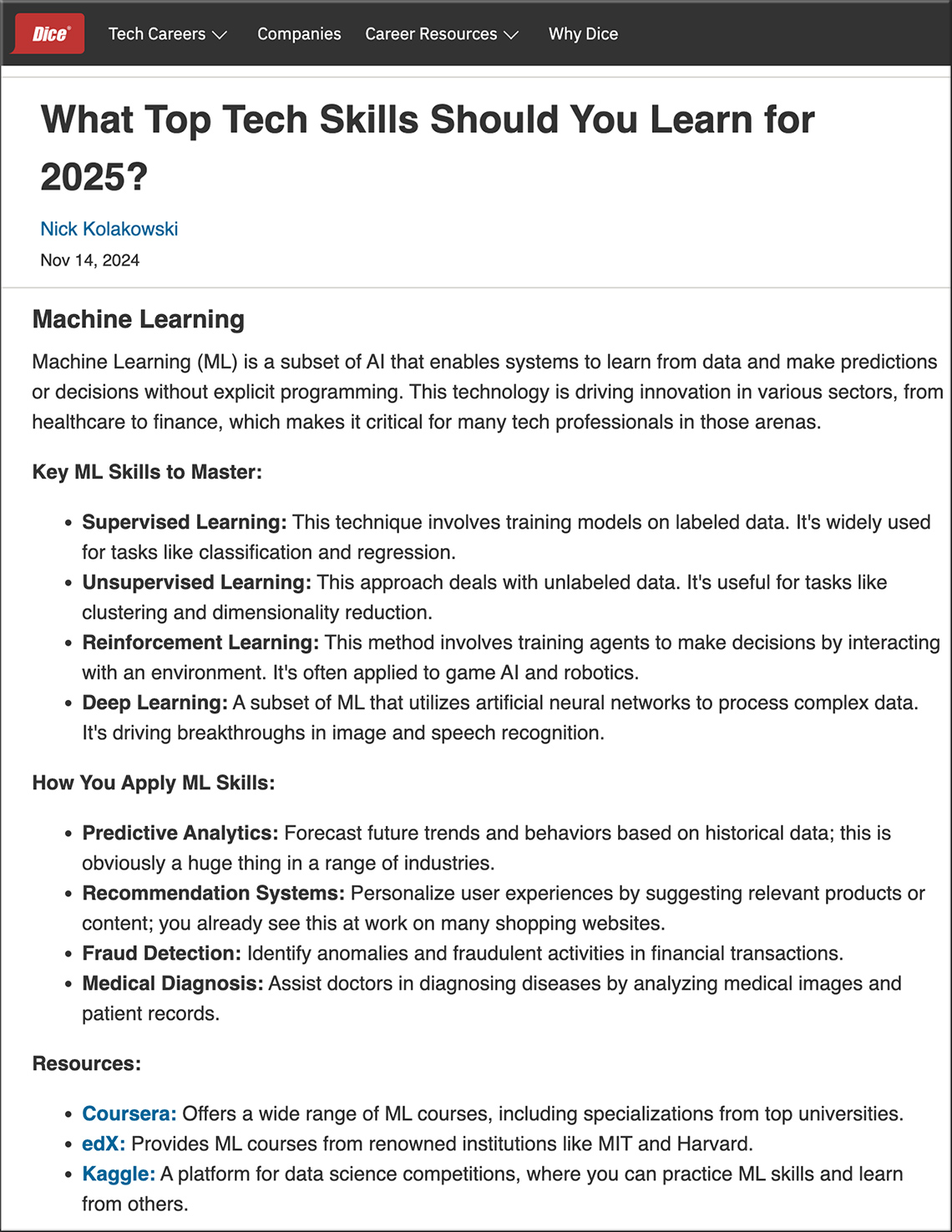
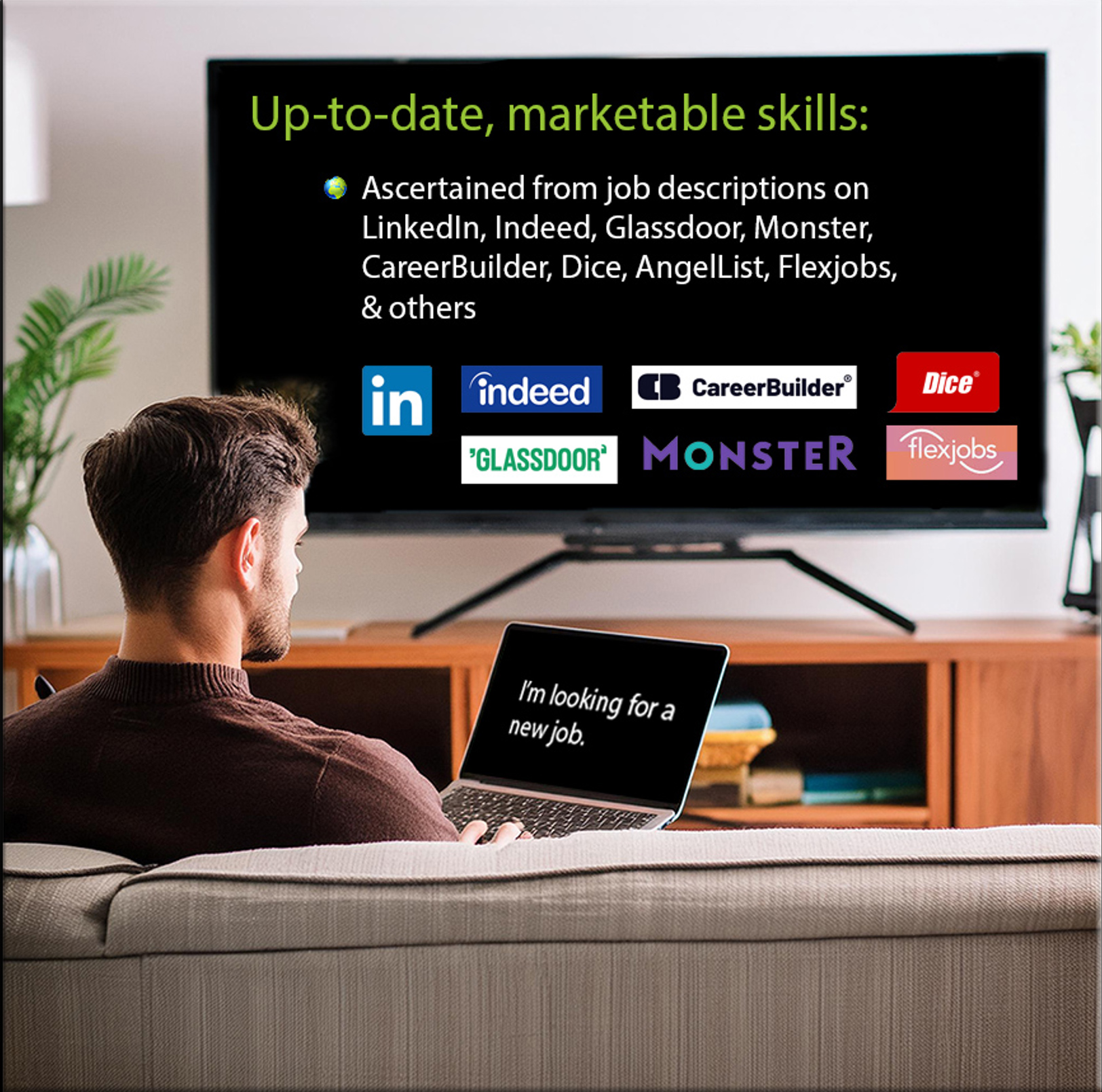

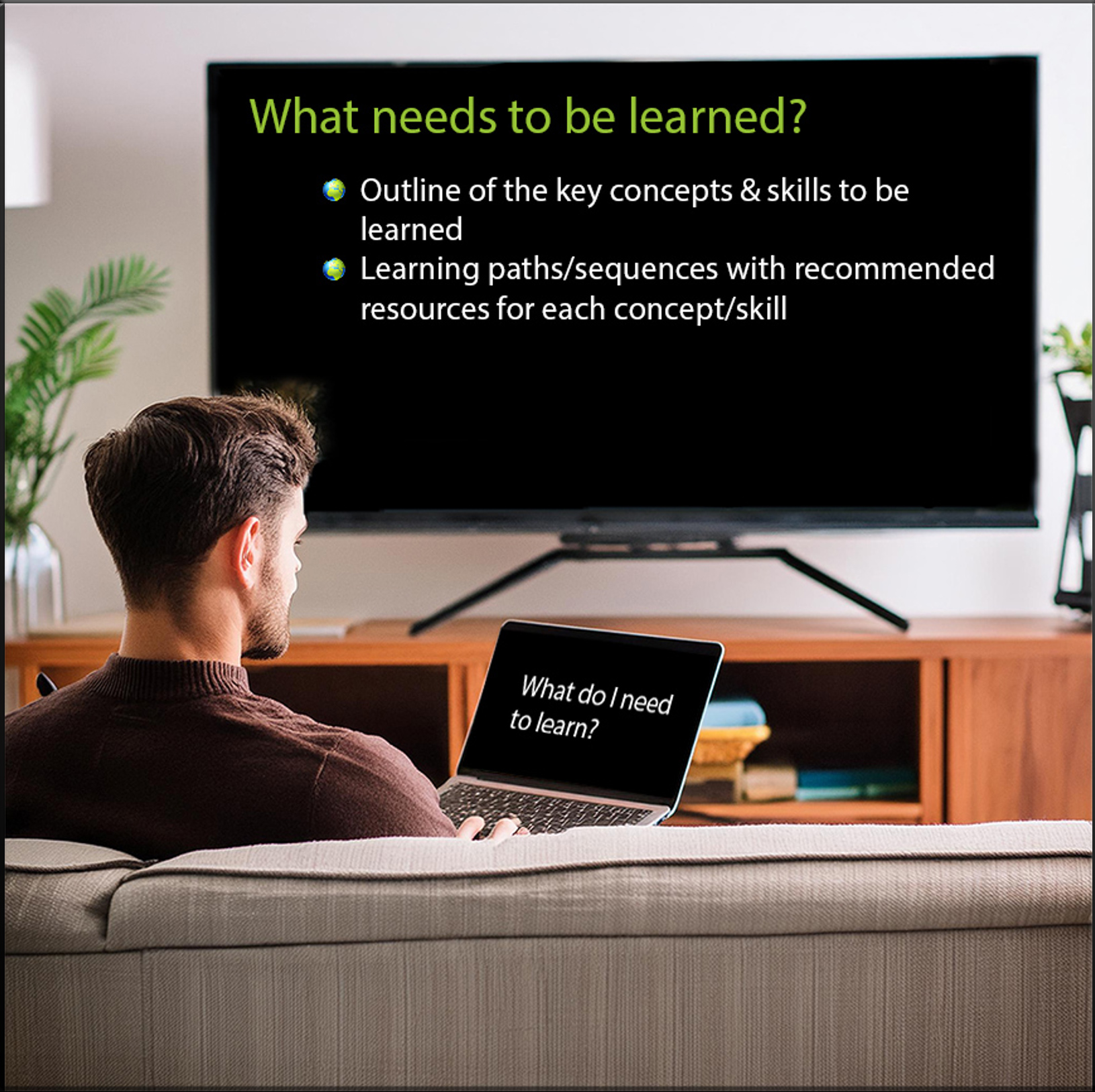
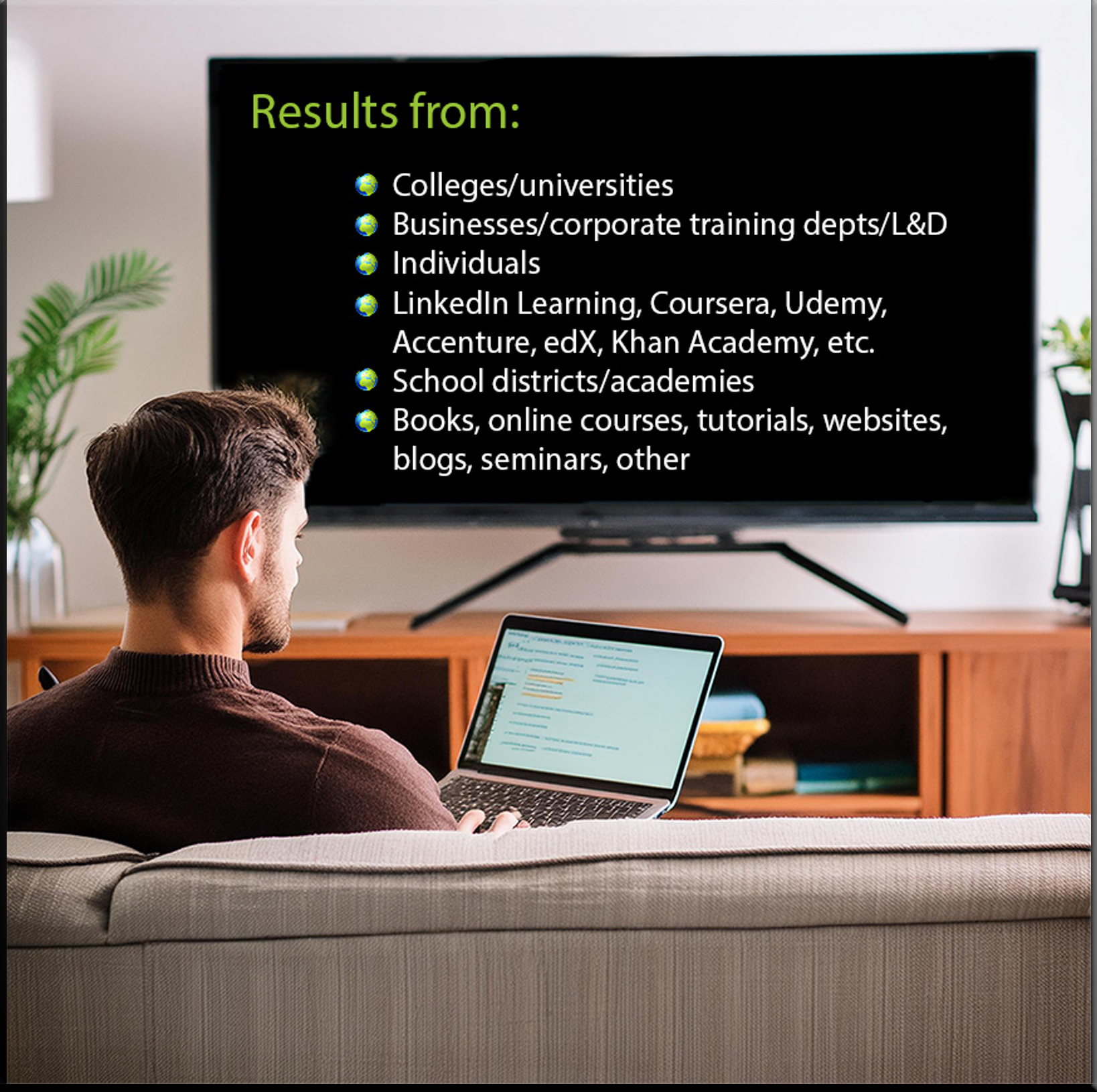
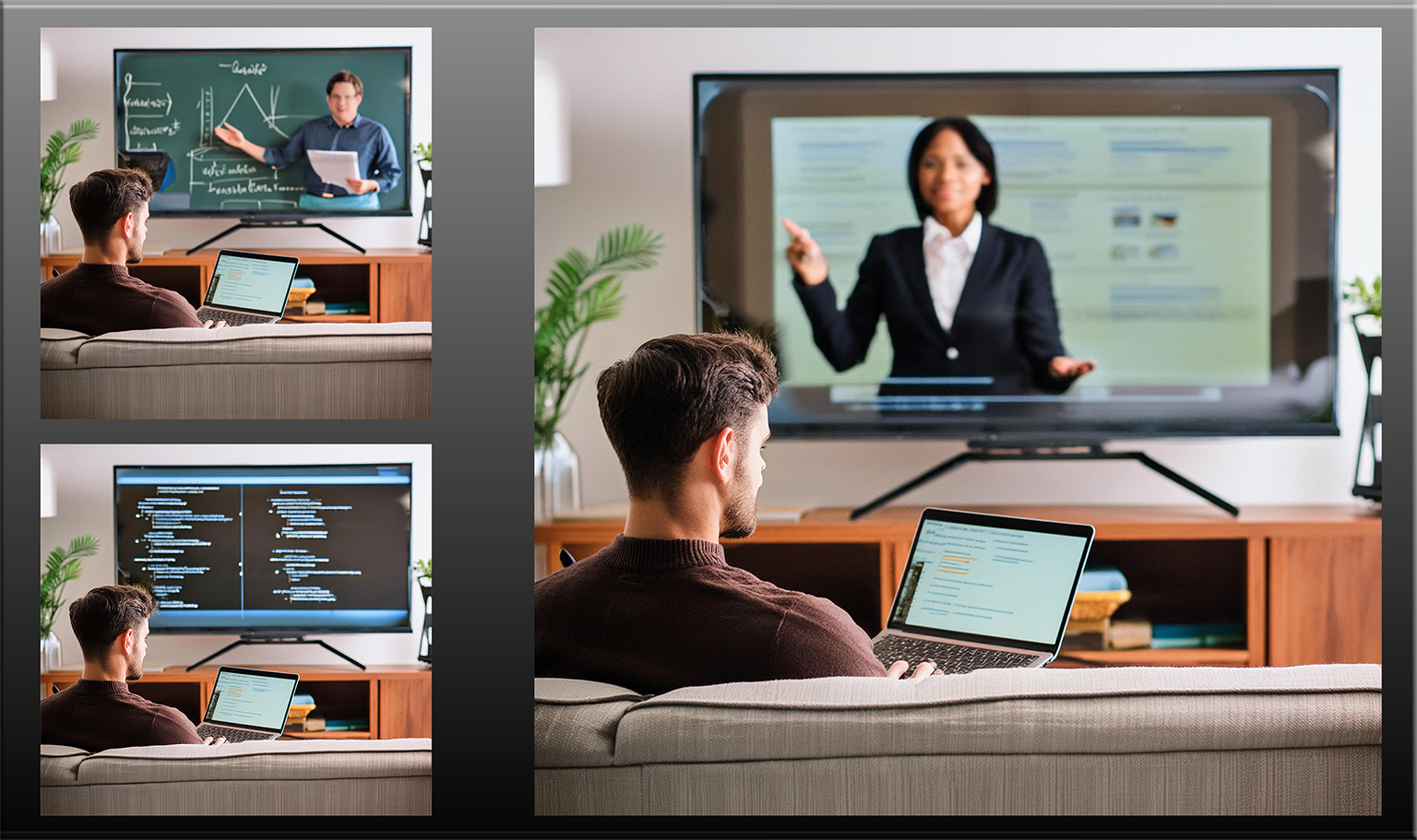



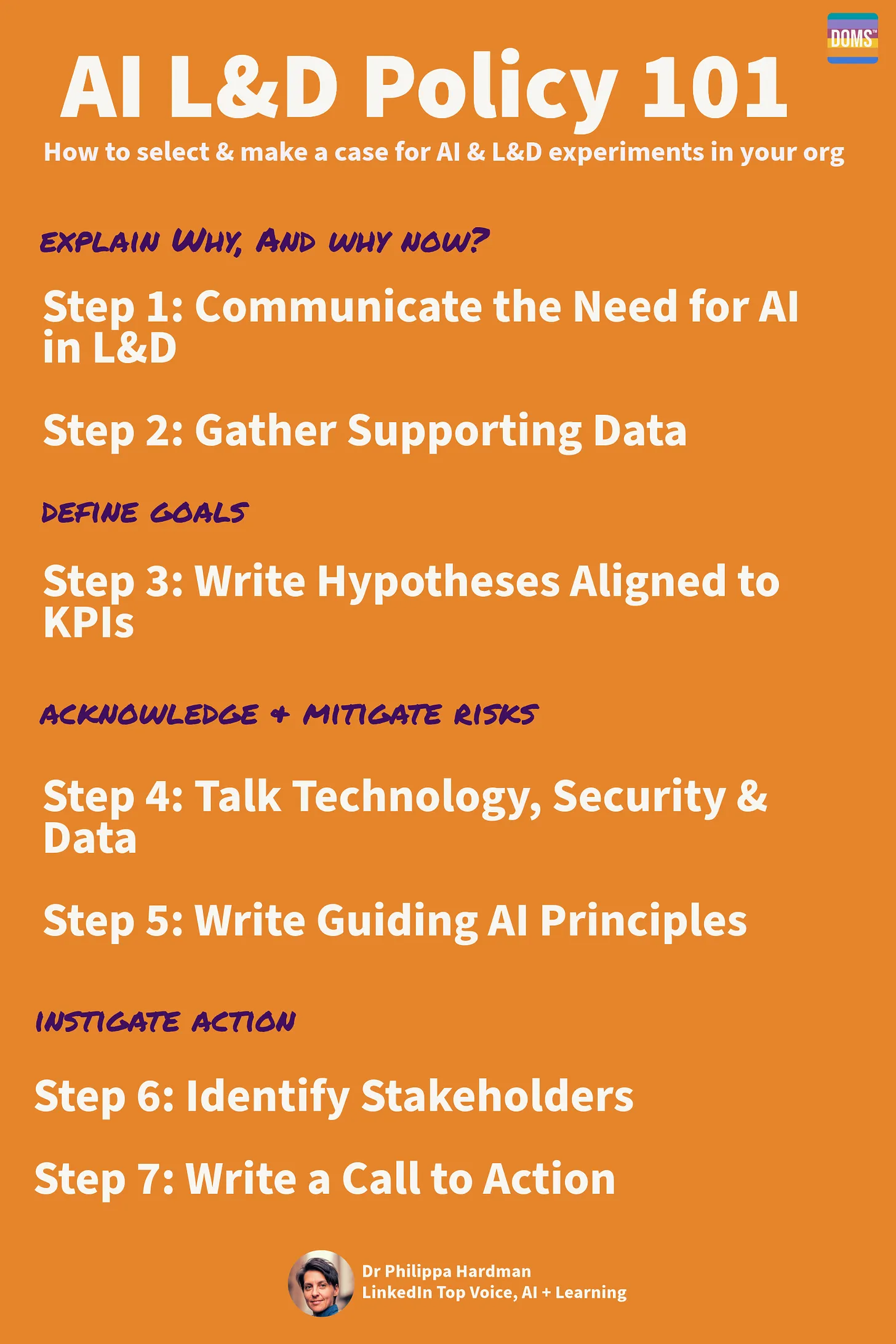


:format(webp)/cdn.vox-cdn.com/uploads/chorus_asset/file/24807167/Screenshot_2023_07_24_at_3.34.42_PM.png)

